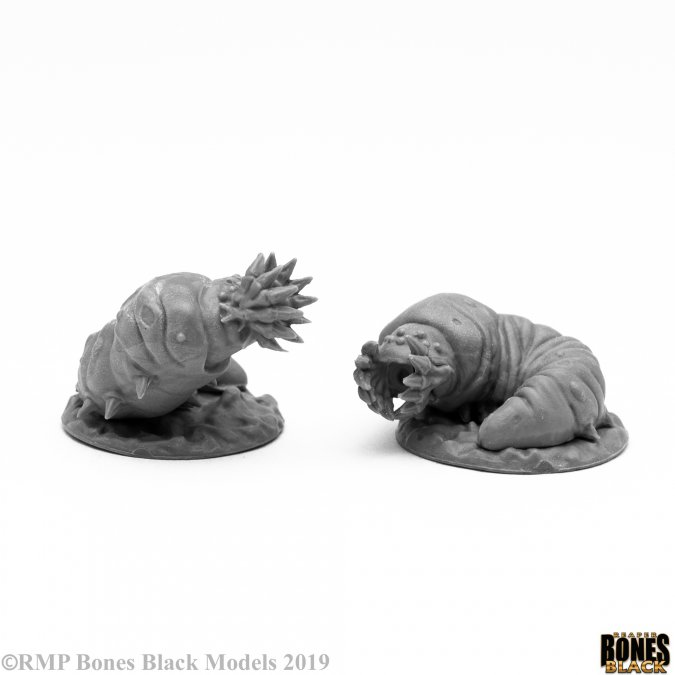 |
| From the Gardens of Hecate |
DIY28
"Inquisition 28" is a term for a family DIY-games in the wargaming scene and akin to "Moldvey Basic" in the dungeons with dragons scene.
The Inq28 space, to me, is characterized by (1) a pamphlet 'zine of simple skirmish rules outlining battles between small groups (~4+ figures) with Warhammer-like stats and (2) a huge emphasis on kitbashing (i.e. frankensteining your existing miniatures into something that is your own).
A fantastic example is the blog Gardens of Hecate. Even Chris McDowd got into the act with his DOOMED. If you want an amazing magazine then look no further than 28 in particular I'd recommend this issue. One of the most delightful efforts in this scene is Turnip 28 (although its a little larger army size than I like). And this spirit doesn't have to be physical, Maleghast is initially oriented as a digital experience but lacks no less the punch of other games.
While poking around, I came upon Brawl Arcane 28 --a small skirmish game that pits one (1) wizard and their three (3) minions against a similar force. Each wizard band is individualized by generic but highly flexible templates that outline a wizard and minion's stats, abilities, and spells. I might have been drawn to Brawl Arcane 28 because I am a huge fan of Wiz-War.
FIGHT ON!
BA28 certainly carries the spirit of DIY28 I could easily just use the wraith figure below as my wizard and the three skeletons as the minions and combine them with the template "Necromancer". Easy, cheap, and low-effort. You could easily use dice or even chess pieces (bishop + 3 pawns). Or if you have an online app like Owlbear Rodeo, you could easily mark out a grid and use the included generic tokens.
 |
| You've seen these guys before maybe |
And I just happened to have a random "cannibal" miniature and three dire rat minis so that makes a pretty good "Flesh Transmuter" band-- Necromancer vs. Cannibal is certainly a matchup with flavor!
 |
| Unpainted & maybe I should kitbash the rats to have grub-heads (below) |
Its simple. You start with a wizard ("you") and each turn you roll 1d6 on a common pool of action- 2 of which are "Summon Minon" and 1 is essentially "Faction Spell". So, you slowly build up your band throughout the game (occasionally losing minions) and don't have to memorize a lot of moving parts all at once. Therefore it is also very easy to teach.













